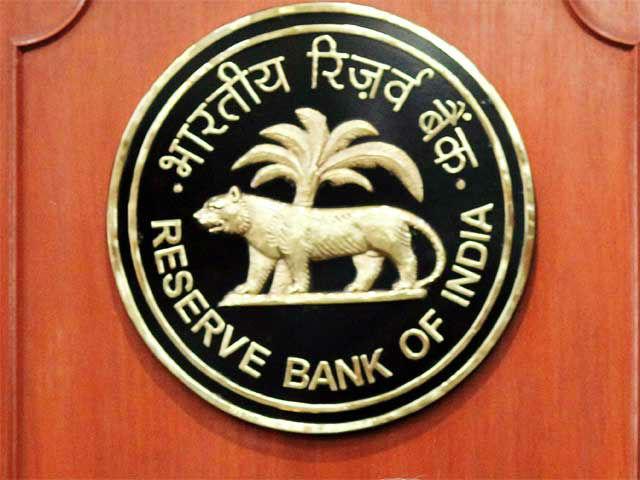The Reserve Bank of India released on its website draft Guidelines on Net Stable Funding Ratio (NSFR) under Basel III Framework on Liquidity Standards for banks. It has requested for comments on these guidelines by email at the earliest, but not later than June 26, 2015. The Reserve Bank had proposed to issue the guidelines in the First Bi-monthly Monetary Policy Statement, 2015-16 announced on April 7, 2015.
The objective of NSFR is to ensure that banks maintain a stable funding profile in relation to the composition of their assets and off-balance sheet activities. A sustainable funding structure is intended to reduce the probability of erosion of a bank’s liquidity position due to disruptions in its regular sources of funding that would increase the risk of its failure and potentially lead to broader systemic stress.
The NSFR limits overreliance on short-term wholesale funding, encourages better assessment of funding risk across all on- and off-balance sheet items, and promotes funding stability. The Reserve Bank proposes to make NSFR applicable to banks in India from January 1, 2018.
Background
In the backdrop of the global financial crisis that started in 2007, the Basel Committee on Banking Supervision (BCBS) proposed certain reforms to strengthen global capital and liquidity regulations with the objective of promoting a more resilient banking sector.
In this regard, the Basel III rules text on liquidity – “Basel III: International framework for liquidity risk measurement, standards and monitoring” was issued in December 2010 which presented the details of global regulatory standards on liquidity. Two minimum standards, viz., Liquidity Coverage Ratio (LCR) and Net Stable Funding Ratio (NSFR) for funding liquidity were prescribed by the Basel Committee for achieving two separate but complementary objectives.
Following a rigorous review to address any unintended consequences for financial market functioning and the economy, and on improving its design with respect to several key issues, notably (i) the impact on retail business activities; (ii) the treatment of short-term matched funding of assets and liabilities; and (iii) analysis of sub-one year buckets for both assets and liabilities, the BCBS published the final rules text on NSFR in October 2014.
These draft guidelines issued by the Reserve Bank today are based on the final rules published by BCBS and take into account the Indian conditions.





